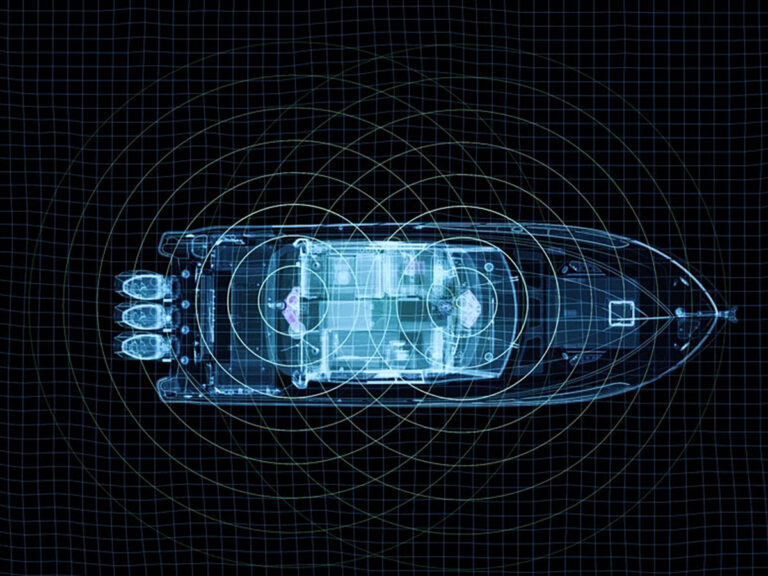Ever since Ben Franklin’s kite got zapped by a jillion volts of juice, we’ve been working on new and better ways of harnessing electricity. And on your boat, the most powerful electrical flow is running through the alternating current system. What should you be looking for in AC systems while you’re checking out a new ride? There’s no alternative to these highlights.

Panel of Perfection
For safety, American Boat and Yacht Council compliance requires that there can be no access to energized AC parts without the use of tools (ABYC E-11.11.1.1), so beware of hinged panels designed for “ease of access.” Panels should have digital displays in this day and age, and on high-end boats they’ll be custom-made as opposed to off the shelf. Neat rigging on the panel’s rear and labeled connections get credit for troubleshooting ease. The latest and the greatest have multiplex monitoring and control with touch-screen interfaces; check that a backup panel with actual breakers has been provided with these.

GFCI FYI
The American Boat and Yacht Council’s Standard E-11 calls for AC receptacles located in the head, galley, machinery spaces and areas exposed to the weather to be the GFCI (ground fault circuit interrupter) variety. GFCIs trip when they sense stray current, preventing electrocution — unquestionably a good thing, enabling you to use appliances aboard with confidence. They can be reset with the push of a button. On boats that go the extra mile, every circuit is protected by a Class-A GFCI receptacle or a breaker with the same rating instead of just those in high-risk areas.

All Trussed Up
Wire should be tinned copper, which is more corrosion-resistant than common copper. It should also be stranded wire, not solid wire, and labeled “marine” on the insulation. It should also be UL-listed, loomed and supported to prevent droops and swings, and chafe-protected where it passes through bulkheads or near sharp edges. Bonus points go to boats that have dedicated conduits shielding the wiring harnesses, but make sure those wires are still accessible for service in the middle of a run.









